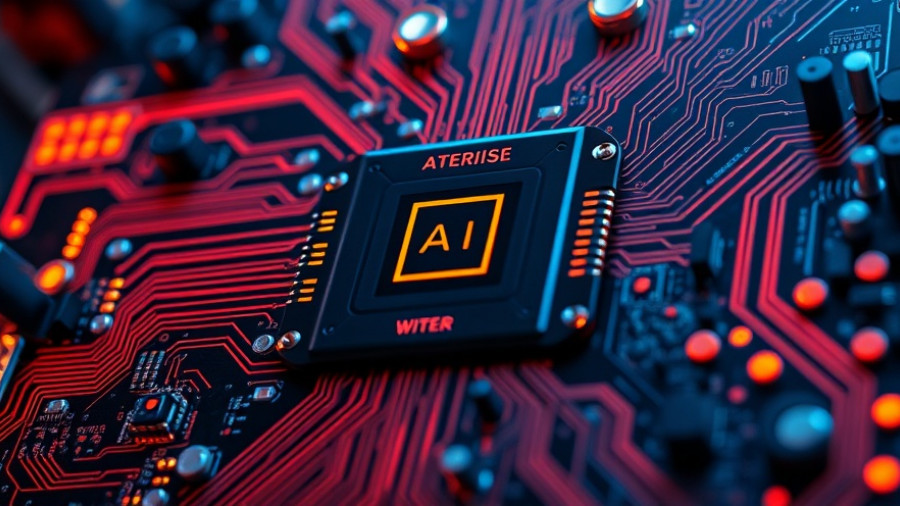
Unpacking the Role of Tensors in Quantum Cryptography
As we delve into the revolutionary paper titled "Trapdoor One-Way Functions from Tensors" by Anand from SandboxAQ, it's essential to understand the implications of this research on data protection amidst a rising tide of quantum threats. At its core, Anand introduces a unique method of leveraging trapdoor one-way functions through the use of tensors—mathematical structures that can represent complex relationships and store vast amounts of data efficiently.
In 'Tensors and Trapdoors: A New Way to Protect Data from Quantum Threats', Anand presents a novel approach to enhancing data security using tensors, prompting a deeper examination of its significance in the realm of cybersecurity.
Understanding Tensors: A Primer
A tensor can be imagined as a cube-like assemblage of numbers, holding potential for intricate calculations. According to the paper, these tensors have specific attributes that make them valuable in cryptographic applications. The significance lies in their ability to create a one-way function—a mathematical operation that is easy to compute in one direction but exceptionally hard to reverse without the secret or trapdoor knowledge.
Why Quantum Threats Matter
As quantum computing evolves, traditional encryption methods face unprecedented vulnerabilities. Current cryptographic systems, such as those based on RSA, rely heavily on certain mathematical assumptions that quantum computers might easily break. Anand's work aims to provide a more diverse landscape for cryptographic functions, suggesting that tensors may offer a powerful new pathway for ensuring data security against quantum cyber threats.
A New Era in Cybersecurity
The discussion of trapdoor one-way functions using tensors marks a pivotal shift in how we approach cybersecurity. As Anand illustrates, using tensors allows for the development of more compact signatures—key components in proving the authenticity of messages—making the technology not only effective but also efficient. This could radically change how cryptographic messages are signed and verified, enhancing reliability in sectors such as financial services and personal data protection.
Implications for AI and Quantum Integration
Moreover, the fusion of AI with quantum technologies, as emphasized by Anand's findings, opens doors to innovative applications. For example, AI-driven navigation systems could potentially utilize these cryptography advances to secure data exchange, ultimately enhancing user trust in automated solutions. The incorporation of advanced computing solutions into everyday life reflects a larger trend wherein quantum technology applications are not just theoretical but becoming increasingly practical.
In conclusion, Anand's exploration of using tensors for trapdoor one-way functions is a compelling development in the field of cybersecurity. As threats evolve, so must our strategies for data protection. Understanding these advancements is crucial for anyone keen on staying ahead in a digital landscape defined by quantum realities and AI integration.
To stay updated with ongoing advancements in cybersecurity innovations and their applications in AI and quantum technology, engaging with resources and communities focused on these innovations is essential.



Write A Comment